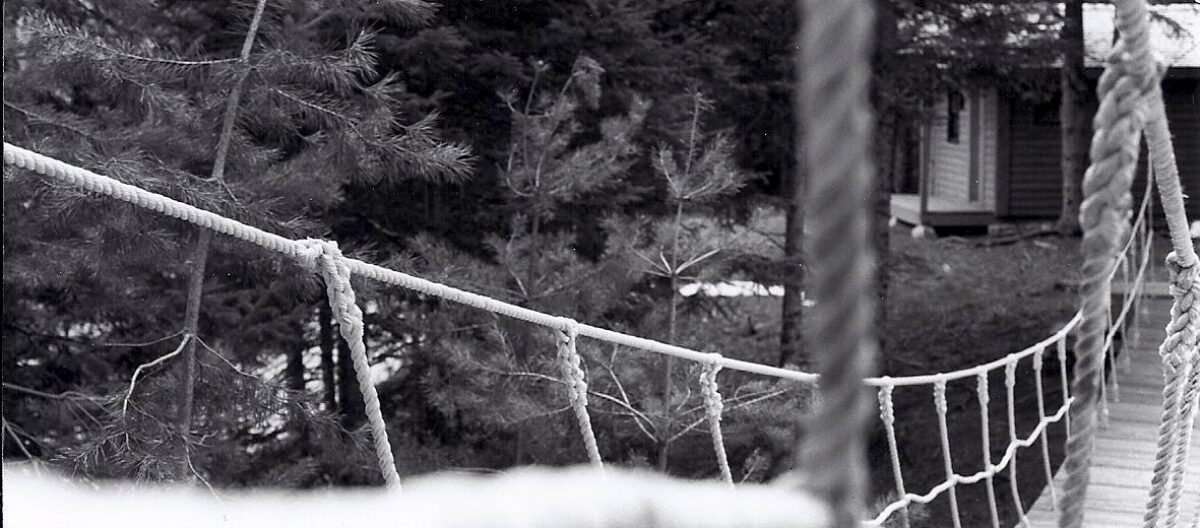SAUNTERING
Backwoods Blog;
in the woods and on the road…

How earnestly and rapidly each creature, each flower, is fulfilling its part while its day lasts! Nature never lost a day, nor a moment. As the planet in its orbit and around its axis, so do the seasons, so does time, revolve, with a rapidity inconceivable. In the moment, in the aeon, well employed, time ever advances with this rapidity…The plant that waited a whole year, and then blossomed the instant it was ready and the earth was ready for it, without the conception of delay, was rapid.
I must walk more with free senses. It is as bad to study stars and clouds as flowers and stones. I must let my senses wander as my thoughts, my eyes see without looking. Carlyle said that how to observe was to look, but I say that it is rather to see, and the more you look the less you will observe. I have the habit of attention to such excess that my senses get no rest, but suffer from a constant strain. Be not preoccupied with looking. Go not to the object; let it come to you. When I have found myself ever looking down and confining my gaze to the flowers, I have thought it might be well to get into the habit of observing the clouds as a corrective; (but no!) that study would be just as bad. What I need is not to look at all, but a true sauntering of the eye.
From the Journal of Henry David Thoreau September 13, 1852
*
When I was eight years old I remember hearing an adult say, “The older you get the faster times goes by.” Well, sure enough, that year third-grade just sped by and it’s been doing the same ever since. Our full-motion lives can sometimes feel like they are constantly accelerating but Thoreau has an interesting take on this phenomena. He says that there is a rapidity to the activity, but it is a natural and timely pace. Nature may appear to move slowly, and oftentimes it looks like there isn’t much going on for long intervals, but that is not the case. In each split-second immense activity occurs. The human eye may not be able to see it, but we can sense it with our body, mind or spirit. The romantic poets such as William Blake, Wordsworth, Goethe and Coleridge emphasized feeling nature as opposed to just observing it. Thoreau calls this “a true sauntering of the eye.”
Years ago I visited Walden Pond and in the gift shop I saw a T-shirt that said “Thoreau Sauntering Society” in bold print and “It’s a great art to saunter” in small print under it (which is a slight paraphrase with the addition of the conjunction, from Thoreau’s journal entry of April 26, 1841). Sauntering was the transcendentalist practice of contemplative walking and Thoreau was known to saunter at least four hours on most days. Besides getting some exercise, sauntering is a good way to develop a more relaxed and mindful approach to our day. “Sauntering of the eye” is seeing without looking, a subtle adjustment of how you use your vision. Instead of looking at something intently as an exterior object you use the interior eye to connect with the object and see with feeling or emotion. You relax any physical or mental constrictions (dial it back) and you don’t force it…you just look out your eyeballs and see what is right there in front of you. Even the most distant object comes “up-close” with this internal shift.
Go for a walk today. Why not get outside and take a look around…?
In the woods,
Dave
September 14, 2022



Ahhh, good old Hank. He surely did appreciate the outdoors. We are fortunate to live in an area where there are far more trees than people. City folk can’t just “see.” They are too busy dodging cars and bikes and baby carriages. And the cement has covered up most of the ground, preventing much plant life. Have you ever noticed that if you go outdoors, by the lake, or river, or woods and just sit or just saunter quietly, that the initial silence and invisibility becomes more noisy and active as the animal life seems to accept our presence and start becoming noisily active again?
Thank you David for reminding us to slow down.
posted by Paula S.